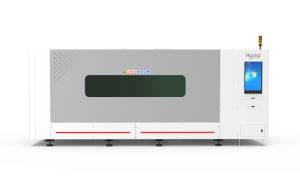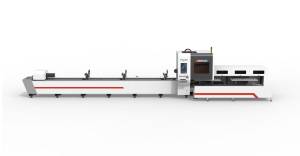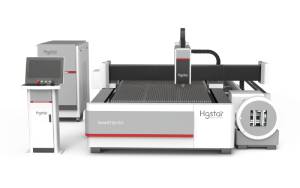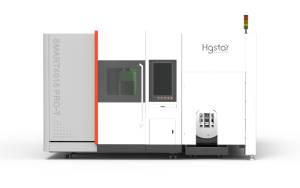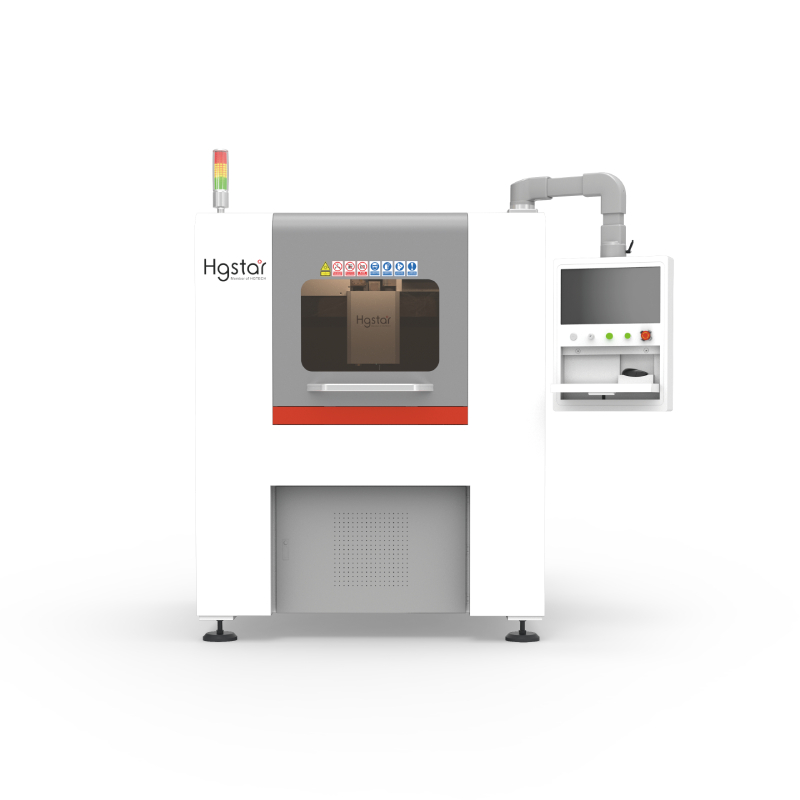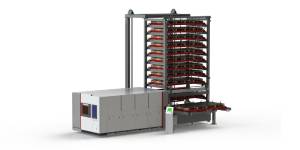Projects
Application of Laser in Surface Forming of Diamond Composite Sheets
Oil extraction often utilizes drilling technology, which first breaks the rock with drilling tools and drills underground to create a certain depth of wellbore to obtain oil. As the main force of drilling, the core component of drill bits is composed of diamond composite discs (PDC).

Diamond composite sheets are known as the hardest substances in nature. It is a composite material composed of diamond powder and hard alloy substrate sintered under ultra-high pressure and high temperature conditions, which not only has the high hardness, wear resistance, and thermal conductivity of diamond, but also has the strength and impact toughness of hard alloy. It is an ideal material for drilling bits and other wear-resistant tools.
This article will discuss with you the application of such hard diamonds in surface forming in laser solutions.
Laser processing has the characteristics and advantages of high efficiency, non-contact, small workpiece thermal deformation, no material loss, and excellent cost-effectiveness. Moreover, the laser beam is easy to control, and combined with precision machinery, precision measurement technology, and electronic computers, it can achieve high automation and precision in the surface processing of diamond composite sheets.
With the increasingly harsh environment faced by petroleum exploration, especially when traditional flat diamond composite drill bits encounter high abrasive formations, extremely hard rock layers, tough interlayers and other geological rock layers, the drill bit is difficult to eat, and serious failure forms such as failure of flat diamond composite bits to come out of the cutting edge and tooth collapse also occur. At this point, it is necessary to produce the diamond composite flat structure on the drill bit into a ridge shaped irregular shape to improve the drilling ability and efficiency of the drill bit.
It is difficult for ordinary galvanometers to achieve this requirement. If a 3D dynamic focusing system laser processing process is introduced, everything becomes possible. In the experiment, we used a dynamic focusing system combined with a fiber mopa fiber laser (100w). At irregular surfaces during the machining process, the dynamic focusing system moves forward and backward along the dynamic axis in the Z direction, adjusting the focus in real-time, achieving one-time precision 3D reduction manufacturing of numerous shapes such as grinding planes, outer circles, chamfers, etc. The principle is shown in the following figure.
In addition, the installation of high-precision position control systems with side axis vision and coaxial vision in laser equipment design can further improve the precise positioning during the processing process.







